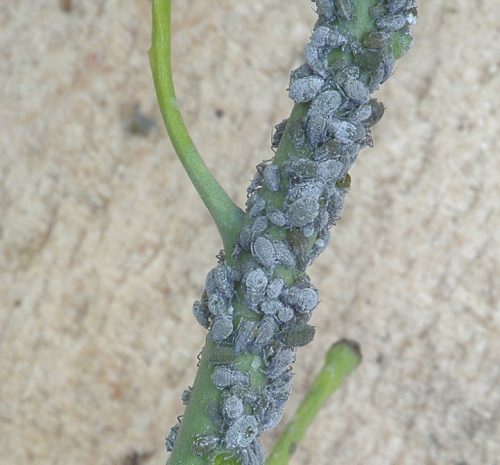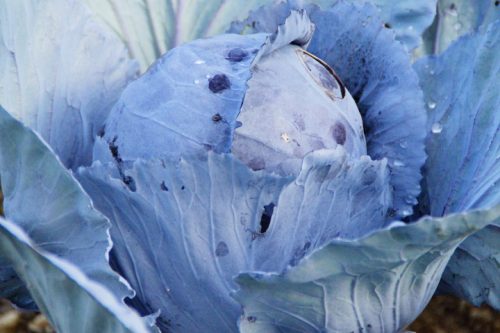Red cabbage belongs to the crucifers (Brassicaceae) and is sown as early as late February, early March in a cold frame; harvest in early fall.
You are viewing the mobile-adapted version of the page.
The one for tablets, laptop and desktop also provides general information, such as origin and cultivation.
Red cabbage – (Brassica oleracea convar. capitata var. rubra) is sown in late February, early March in a cold frame; harvest in early fall. Plant raised plants in open ground no later than May. Provide adequate space between plants, for example, 70 x 70 cm per cabbage. Red cabbage is – like other cabbages – a major consumer of nitrogen, so make sure to fertilize adequately. Cabbage likes heavy soil because it retains moisture better and is rich in minerals.
Keep plants weed-free and water regularly. With its firm and colored leaves, red cabbage seems to suffer less from the pests that other brassicas suffer so much from.
Bugs
Poor growth, maggots in the root: cabbage fly (Delia radicum).
Leaf is eaten: Large White (Pieris brassicae), Cabbage moth (Mamestra brassicae).

Initially white or purple spots on deformed leaves (curled, bumpy), then the red cabbage is colonized by aph
Fungi & diseases
Poor growth, plant wilting, swollen roots rotting away: Clubroot (Plasmodiophora brassicae).
Other
Leaf edges turn brown: calcium deficiency.

